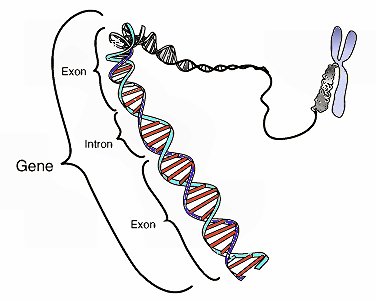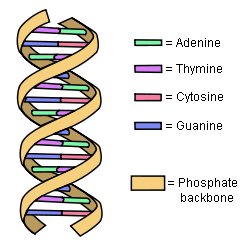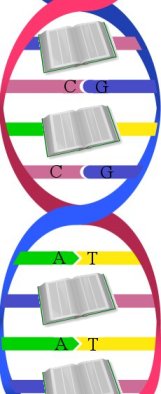
Lots of great things happened during my time in Alaska, but two of them really stand out in my mind. In the morning talks, I showed several studies that indicate homeschooled students excel, both academically and socially. After I showed these data, I tried to offer some explanations as to why homeschoolers excel. You can see those reasons in the PDF file linked above. However, I also asked the audience to come up with their own ideas as to why homeschoolers tend to excel. I got many excellent replies, but I want to highlight one of them.
A homeschooling father mentioned a study that was done in 1957 by psychologist Dr. Harold McCurdy. What the father said about the study intrigued me, so I looked it up. The author investigated the lives of twenty geniuses like John Stuart Mill, Gottfried Wilhelm Leibniz, and Blaise Pascal. He wanted to see if he could find commonalities in their lives that might have aided their intellectual development. Who knows how effective such a study is, but I found his conclusions to be very interesting. Here is what he said:1
In summary, the present survey of biographical information on a sample of twenty men of genius suggests that the typical development pattern includes as important aspects: (1) a high degree of attention focused upon the child by parents and other adults, expressed in intensive educational measures and, usually, abundant love; (2) isolation from other children, especially outside the family; and (3) a rich efflorescence of phantasy, as a reaction to the two preceding conditions.
By “phantasy,” the good doctor just means “imaginative play.”
Now as I said, I am not sure how effective such a study really is, so I don’t take these results to be conclusive by any means. However, what he describes sounds an awful lot like a homeschool! Homeschooled children are given a high degree of attention from their loving parents, often in the form of intensive educational endeavors. While not completely isolated from children outside the family, homeschooled students certainly have less contact with their peers than do non-homeschooled students. Finally, most homeschoolers I know severely limit the amount of television that their children can watch, which encourages imaginative play. In the end, then, it seems that homeschooling naturally provides a lot of what Dr. McCurdy thinks is necessary for the development of genius.




